If the forest service and Alaska are going to develop a state-focused roadless rule, they should stick to the standards set by previous efforts
Sometimes the world of public lands policy makes me feel like I’m helping my young daughter with her latest Lego set. She and I might spend hours assembling a boat or car, one piece at time until it’s completed and functional, and then she’ll play with it for a few days before deciding that it’s time to tear it apart and start all over again.
Such a process resembles the current situation of public land management in Alaska, where a carefully crafted conservation plan has been working with success since its establishment seventeen years ago, but the Forest Service must return to the drawing board to create a new plan for managing 14.7 million acres of some of the world’s most productive salmon and Sitka blacktail deer habitat.
And in this case, rather than the few hours it takes to rebuild my daughter’s plastic toys, the decision to scrap this carefully crafted policy will require millions of public dollars and years of committed work by our already overworked management agencies.
That’s right, the U.S. Forest Service recently announced that it has agreed to work with the state of Alaska to develop a state-specific rewrite of the 2001 Roadless Area Conservation Rule, which is designed to conserve undeveloped backcountry public lands that have never been roaded or developed. These areas in the Tongass and Chugach National Forests provide enormous benefits right now for hunters, anglers, and the commercial fishing industry, and the current roadless rule is doing its job of ensuring they continue to do so.
With that said, since it is now clear that a new plan will be rewritten for Alaska, we want to outline how this process must unfold in order for it to succeed. About a decade ago, the states of Idaho and Colorado followed a similar path and developed state-based rules for roadless areas within their borders, and the TRCP played a leading role in seeing that these efforts produced plans that benefitted wildlife, conserved habitat, and safeguarded quality hunting and fishing opportunities.
Below are the lessons learned along the way that the Forest Service and state of Alaska must heed if they hope to develop a workable and supportable Alaska roadless rule.
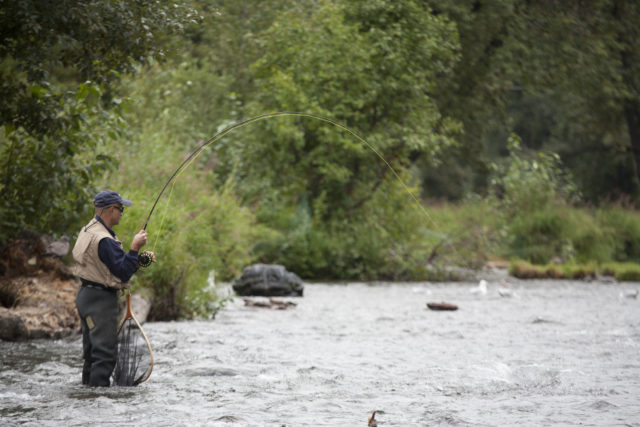
Must-Dos for Roadless Rule Planning
First, in order to generate broad buy-in and support, an Alaska roadless rule must be, on balance, as strong as or stronger than the 2001 Roadless Area Conservation Rule. In order to do this, any new allowances for development in roadless areas must be counterbalanced with increased conservation measures. This was the approach taken in both Colorado and Idaho, where negotiations for provisions allowing new roads, more aggressive timber harvest, and mineral extraction in some areas resulted in additional safeguards for what were deemed the highest value roadless areas. This model enabled solutions-focused stakeholder groups to collaborate over the management of these lands and develop an end product with support from multiple interests. A similar expectation must be established for an Alaska roadless rule to help drive cooperation and compromise, and the rule’s ultimate success.
Second, any changes to the current management of roadless areas must result from a collaborative process that includes pragmatic representatives from a wide array of state and national stakeholder groups. The Forest Service’s memorandum of understanding with the state of Alaska indicates that the state will establish a state-driven collaborative to develop recommendations on the management of these lands. Both the Idaho and Colorado roadless rules succeeded, however, because the U.S. Department of Agriculture, the U.S. Forest Service, and the states themselves supported the inclusion of stakeholders representing both state and, critically, national interests in the collaborative process. Because of this diverse level of involvement, these management rules were able to pass muster and be supported both locally and nationally.
Finally, the rule-making process should require as much public participation as possible. The success of Idaho and Colorado rules was dependent on strong public participation, and a number of key refinements to these rules were suggested by the public. The USFS should not only embrace and fully consider input from a broad range of voices, but also hold public meetings in the lower 48, in addition to the state of Alaska. Right now, the planned public meeting schedule does not include any meetings outside of Alaska, despite the fact that these lands are owned by all Americans. Ample commenting opportunities for the public to weigh-in officially will ensure that a variety of perspectives and interests will be heard in the planning process.
We’ve been here before, and if policymakers are serious about developing a roadless rule for Alaska that will be supported by stakeholders and provide for balanced management, they would do well to heed the lessons learned in the Idaho and Colorado roadless rule processes. With so much at stake, there’s no excuse to reinvent a proven model.
Photos courtesy: Forest Service Alaska Region, USDA

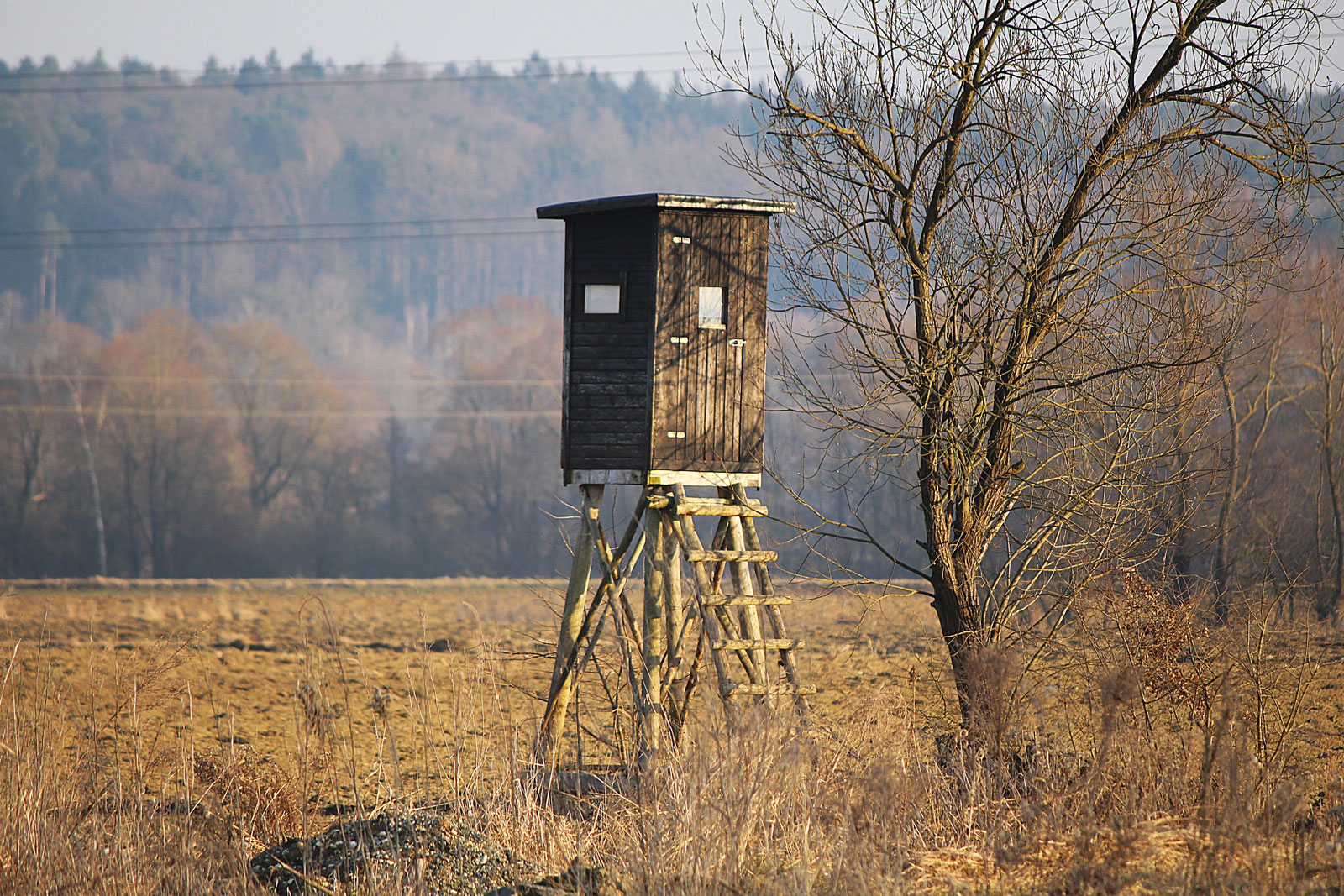
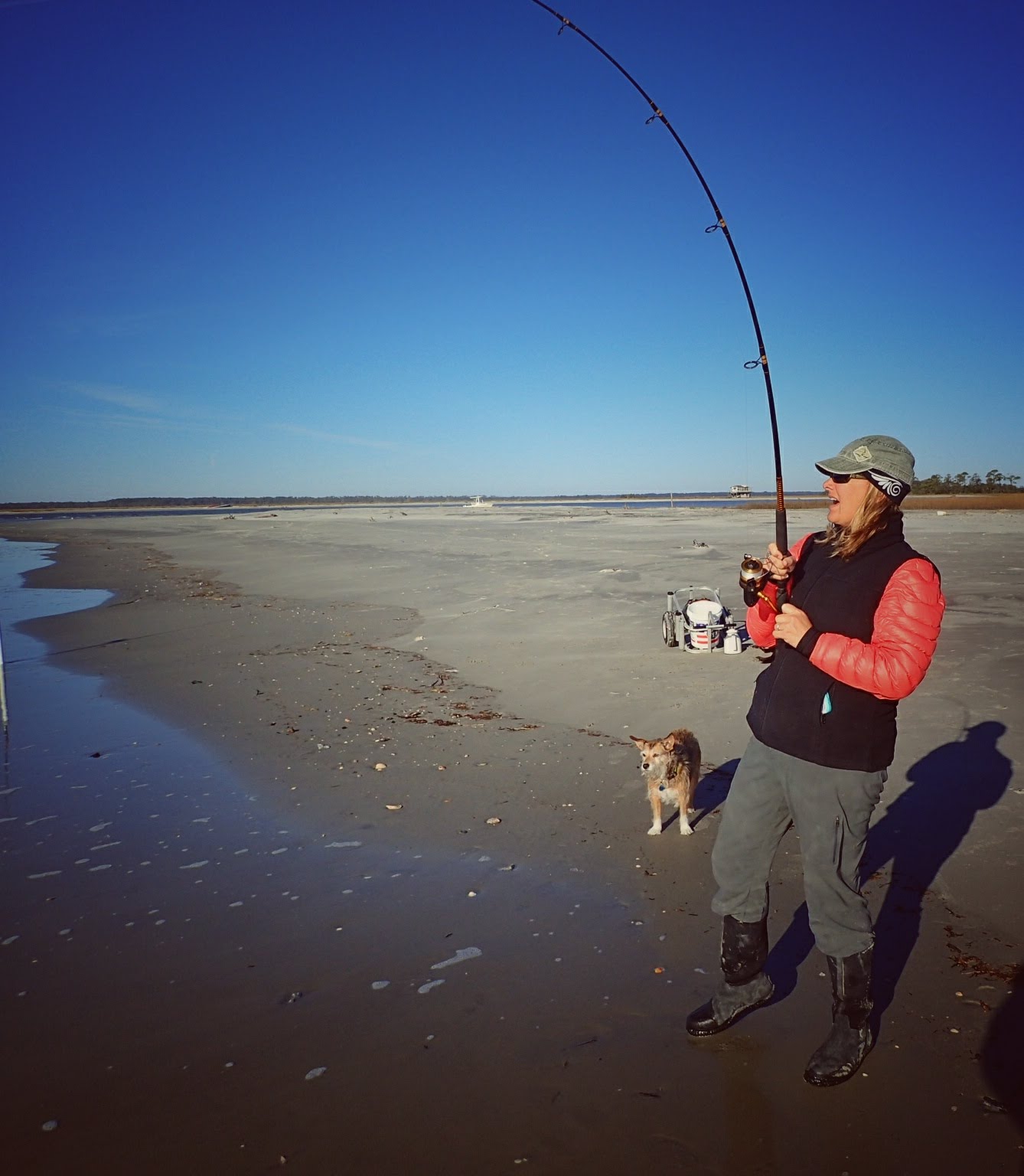
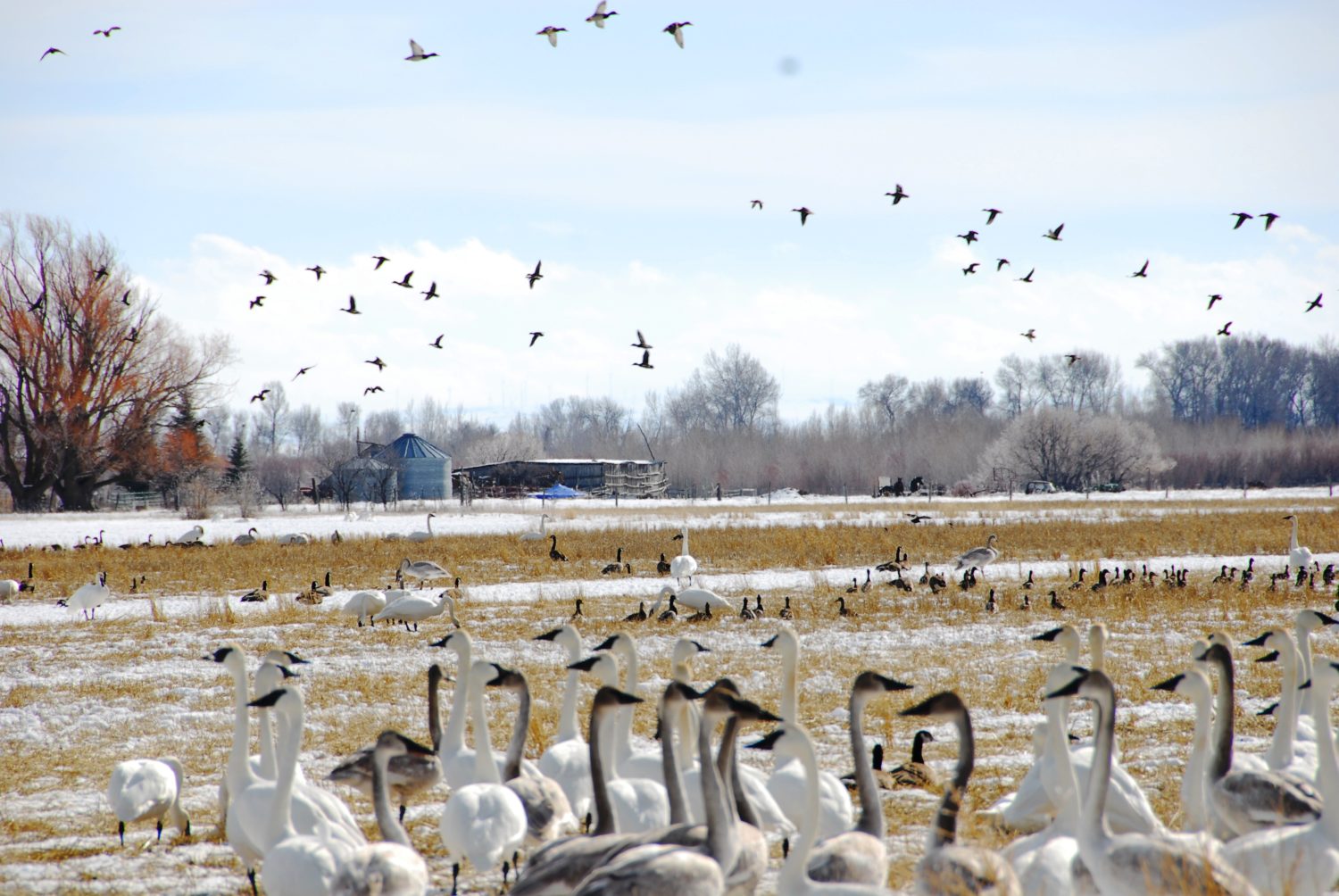
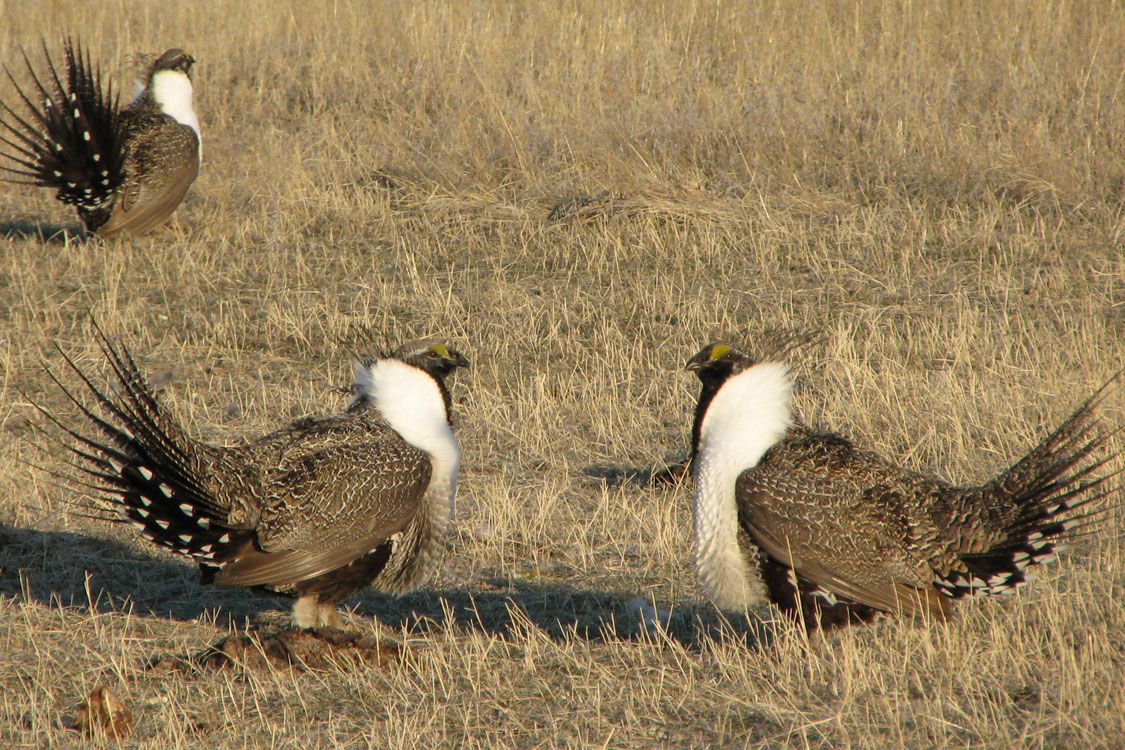
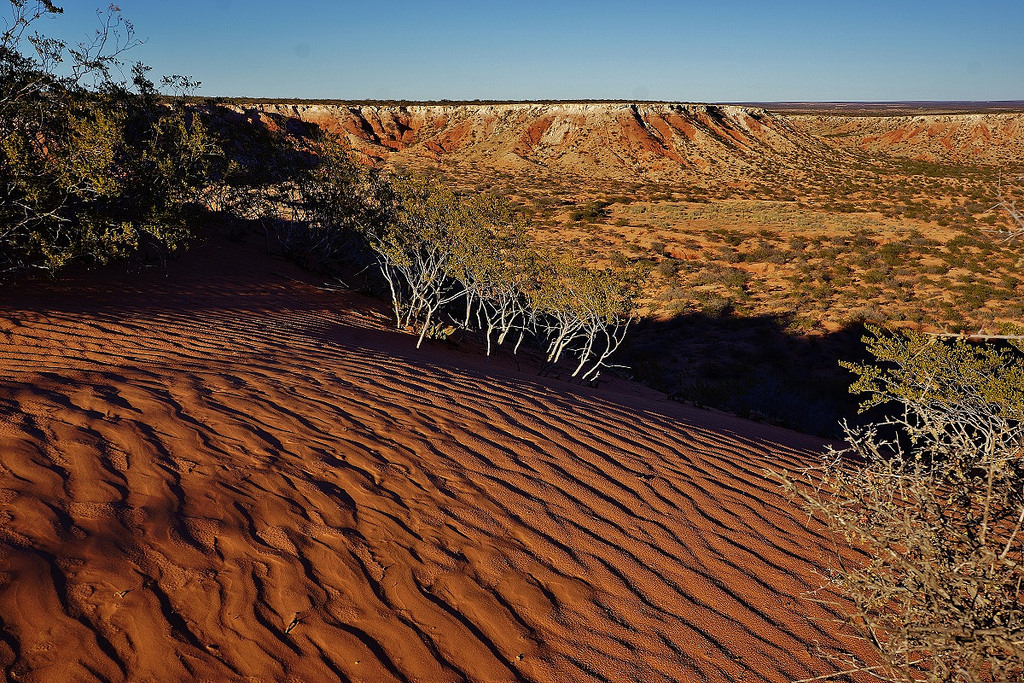
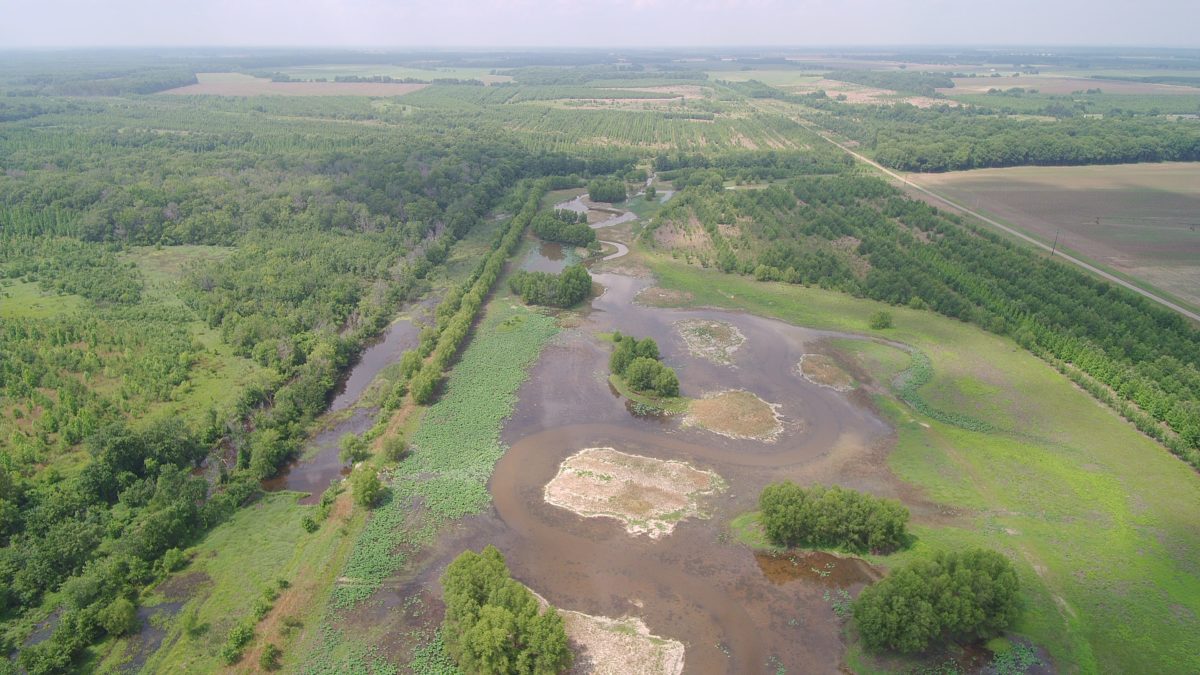
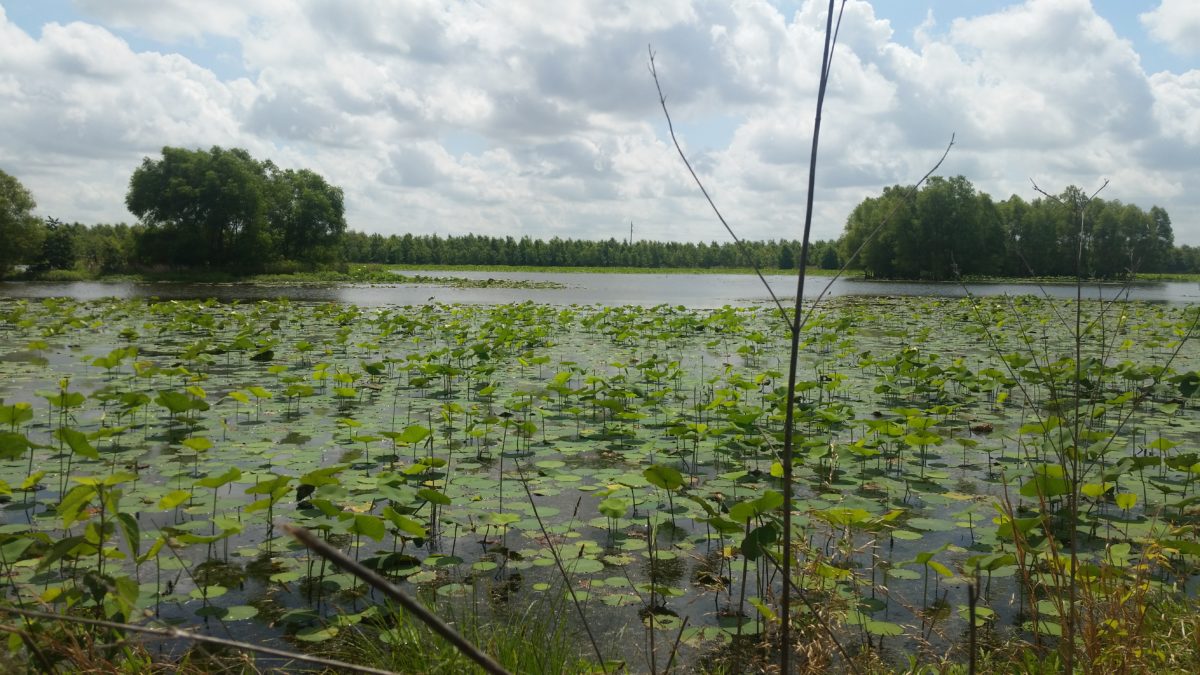
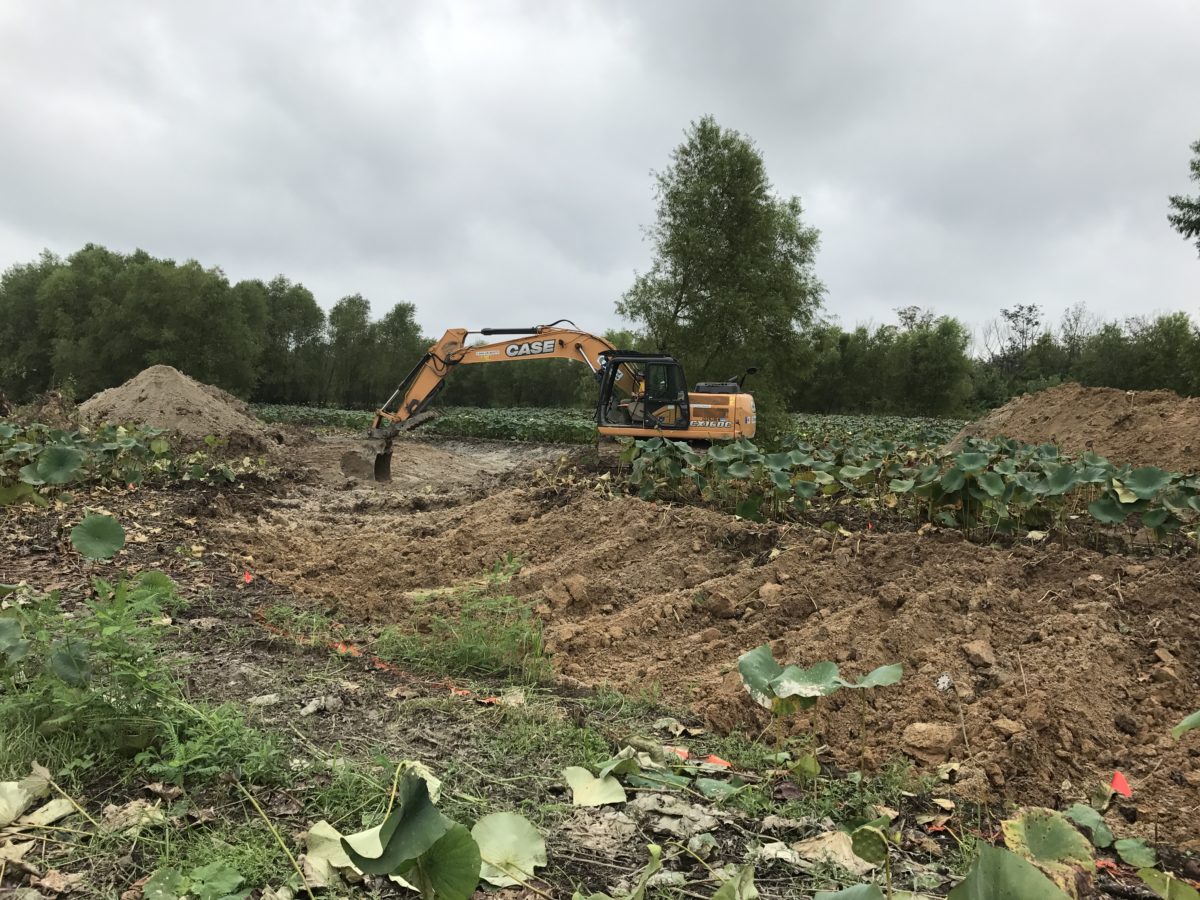
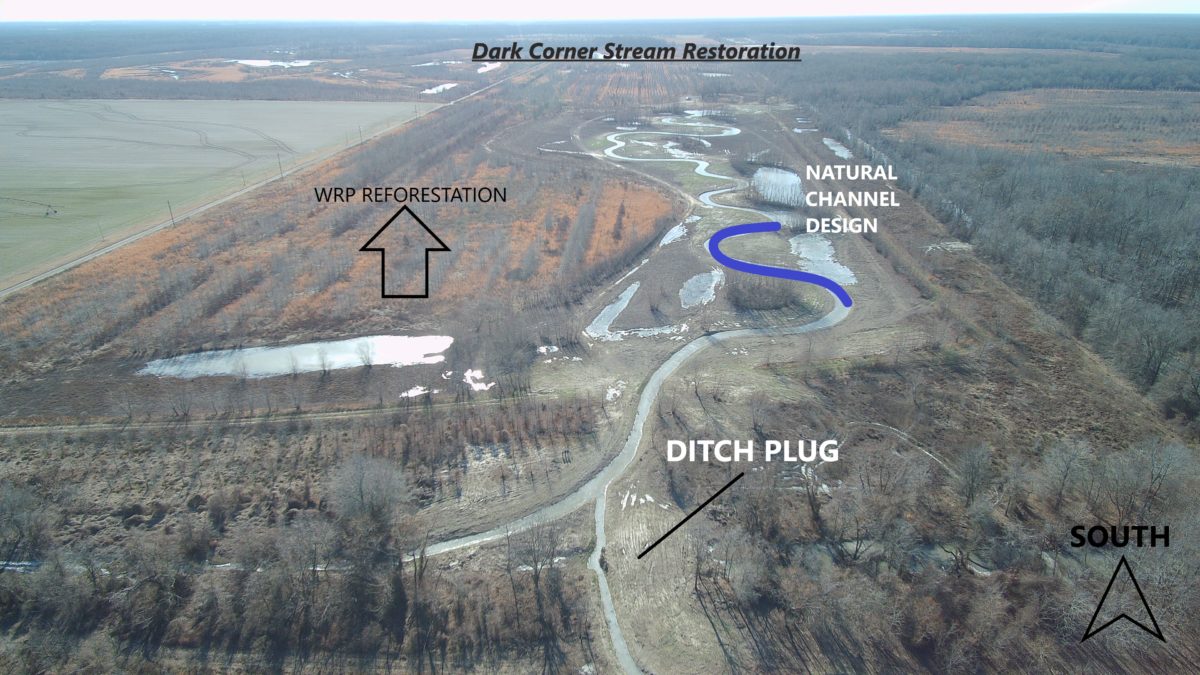
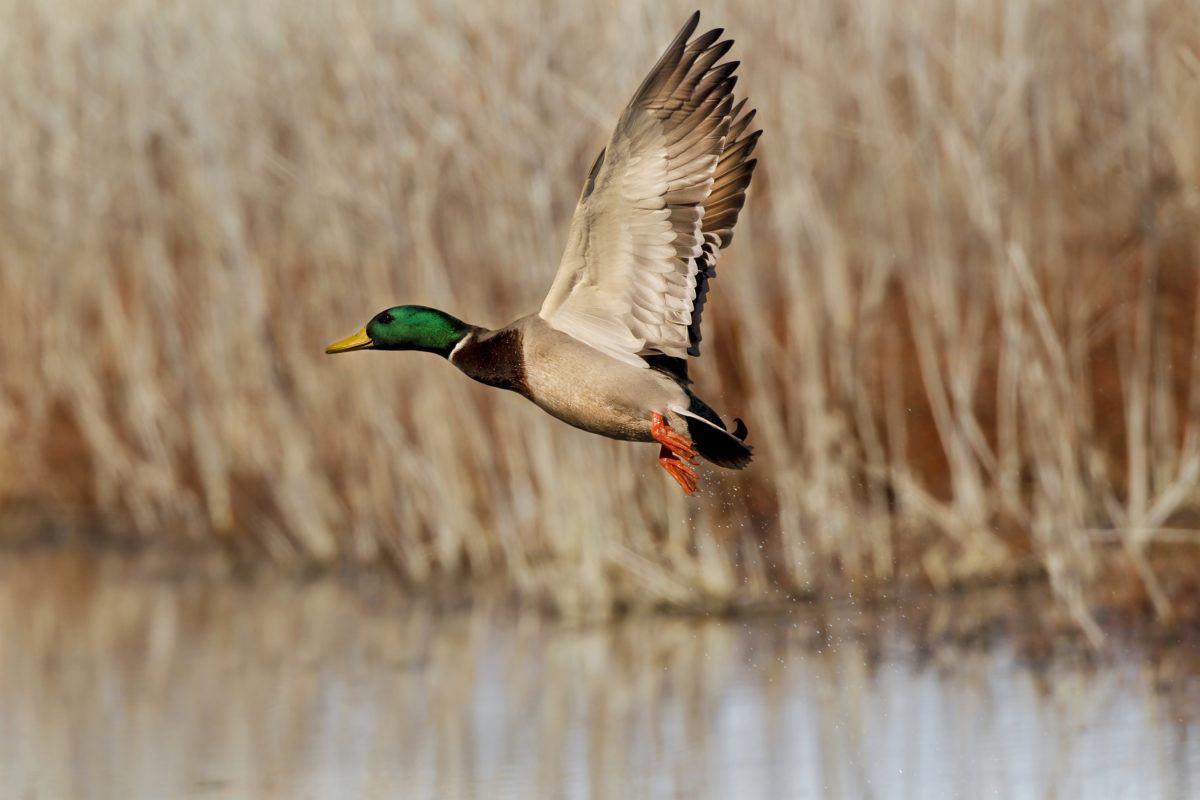




Maintain as much roadless to maintain those lands for future generations.
Many area’s of Alaska should be left natural; while others could benefit Hunters , fishermen/women, plus residents of Alaska. The input to keep ” End of Roaders” out should be enforced to limit of Law Without “Good Ole Boy System”.
I realize there is high potential for inter-agency abrasion but, with limited dollars and manpower, why reinvent the wheel when you have working and workable templates at hand. A little out-reach to Idaho and Colorado would go a long way to saving money, angst among staff and constituents, and provide a much easier ‘road’ to roadless development.
Keep up the great fight to save our public lands
You are doing a great job; keep up the fine work to save our lands
“Roadless” says it all… Keep it roadless, Keep it wild. Keep the state, the loggers, and the politician’s hands off and out of it!
Once the camel gets it head in the tent, you are done. Wilderness means just that, Wilderness with emphasis on the Wild
Colo. Closed all roads thru the national except 1 or2 main roads like county roads leaving sportsman to walk into areas that we had access to for many years. Now sportsman are crowded along these main roads looking for hunting opportunity s. As an older person I can’t walk the 5 miles in and out dayly it takes to get away from the crowds. Opening more of the old logging roads would reduce the crouding and give all of us more access to the back country.
Keep it roadless! If it ain’t broken, don’t mess with it!
Roadless. Keep it that way. The debate should be over how many roads to close annually, not where to build new ones. Thanks TRCP.
Please keep it wild. Roadless. Make the debate about how many hundreds of miles of roads to close each year in our existing NF system, and not how to ruin the last of our wild places.
Keep Protecting Nature For are Grandchildren, no roads!